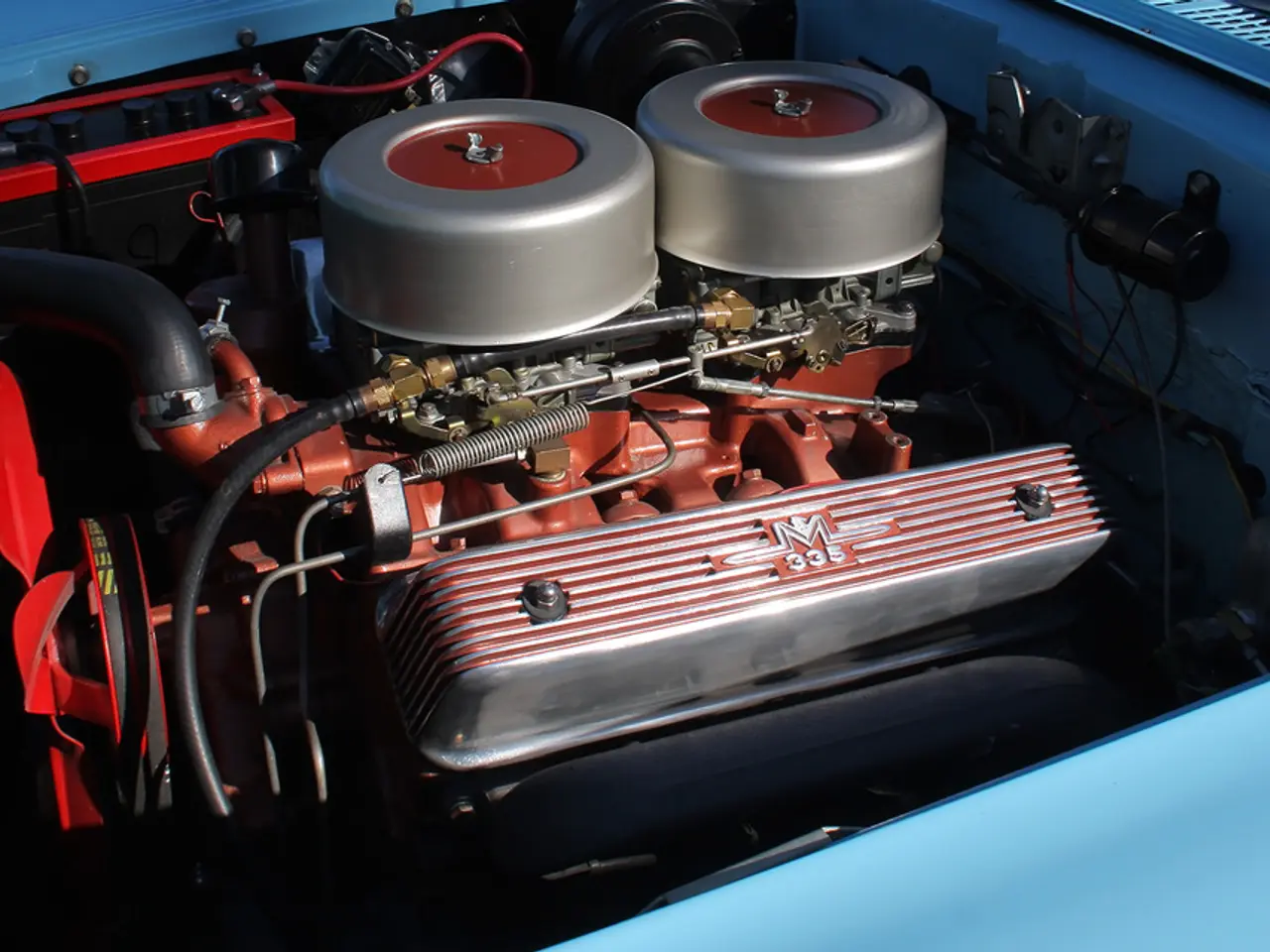Exploring Inductive Sensors: A Handbook for Industrial Usage
Inductive sensors have become a cornerstone in various B2B applications, particularly in manufacturing, automation, robotics, the automotive industry, food processing, and packaging. These sensors are instrumental in enhancing productivity and system uptime for businesses, thanks to advanced sensor technologies provided by companies like OMCH.
In the automotive industry, inductive sensors play a pivotal role in precise position sensing of metallic components. They excel in applications such as gears, shafts, and rotors in engines, transmissions, and motor systems. Their key benefits include contactless operation, high accuracy, robustness against stray magnetic fields, wide temperature tolerance, and suitability for harsh automotive environments.
Position and angle sensing is one of the crucial applications of inductive sensors. They detect the position or angular displacement of metallic parts by measuring changes in inductance caused by metal targets moving within the electromagnetic field of a coil. This is vital for motor commutation, throttle monitoring, and displacement measurements in automotive controls.
Inductive sensors are inherently immune to electric and magnetic interference, a feature that sets them apart from magnetic sensors or optical encoders. This improves reliability and reduces system cost since no permanent magnets are required. They can achieve very high angular resolution, suitable for safety-critical applications, supporting automotive functional safety standards (ASIL D), essential for fail-operational autonomous or advanced driver-assistance systems (ADAS).
Being contactless, inductive sensors prevent wear and tear, enhancing longevity in harsh conditions such as vibration, dirt, and temperature extremes common in automotive environments. They often integrate driver/receiver electronics, signal conditioning, and digital processing within a single chip, directly outputting digital data to the electronic control unit (ECU), simplifying system integration and enabling advanced functions like torque or angle calculation based on DSP algorithms.
When selecting inductive sensors, it's essential to consider the environmental conditions. Some may require special housing material or protective coating. The sensing distance of inductive sensors is determined by the size and quantity of the material being targeted. Ferrous materials like iron offer a further range for detection than non-ferrous materials such as aluminum or copper.
Inductive sensors are small in size, making them easy to mount or install. They consist of a coil and an oscillator that generate electromotive fields, and they identify changes in these fields as output signals. Their high switching frequency allows them to operate during high-speed processes. Inductive sensors are known for their high reliability and longevity, making them ideal for applications in harsh environments with dust, oil, or vibrations.
In conclusion, inductive sensors provide automotive manufacturers with a durable, precise, and cost-effective solution for detecting the position of metallic moving parts, improving both performance and safety across applications like throttle control, braking, motor commutation, and autonomous vehicle systems.
Read also:
- Show a modicum of decency, truly
- Latest updates for July 31: Introduction of Ather 450S with expanded battery, unveiling of new Tesla dealership, and additional news
- VinFast's debut EV plant in India, Tata Harrier EV distribution starts, next-gen Mahindra Bolero sightings caught on camera
- Tesla-powered residences in Houston create a buyers' frenzy




